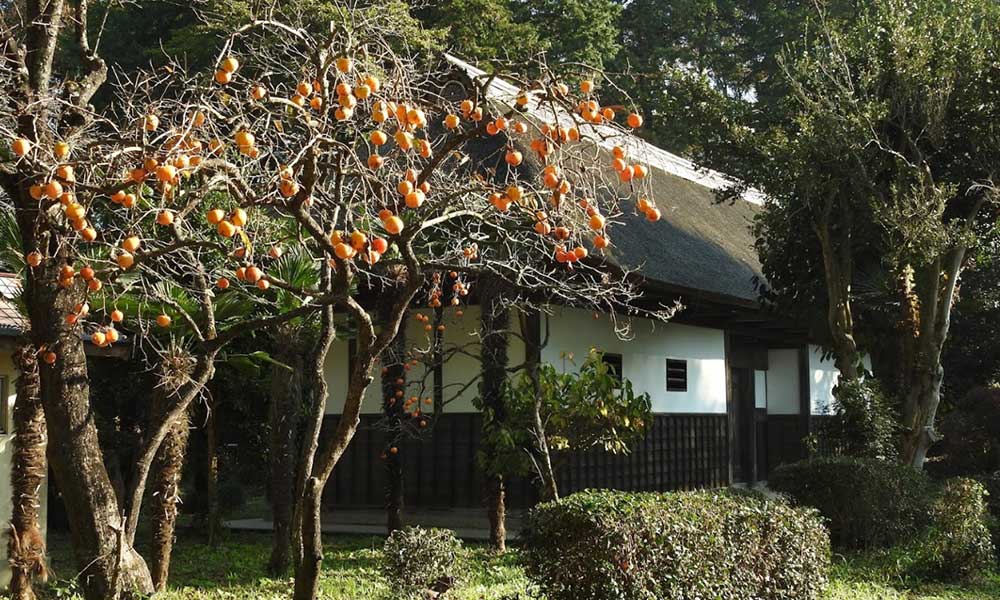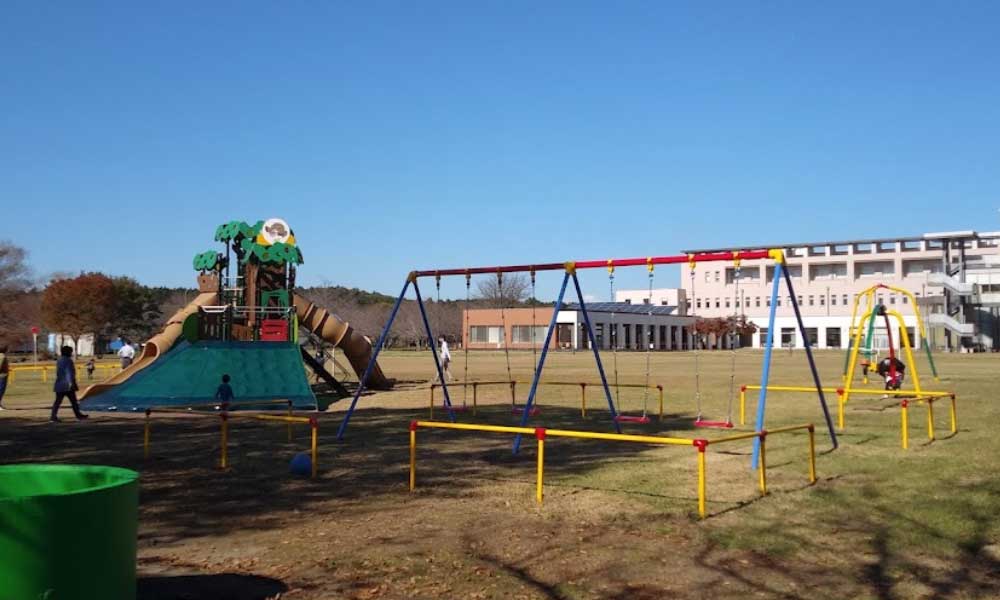Ichikai Town , Tochigi栃木県市貝町
Living in Ichikai Town, Tochigi

We have Summarized the livability of Ichikai Town, Tochigi.
EASTERN AREA県東地域
CONTENTS
- What kind of place is Ichikai Town?
- Ichikai TownPR video
- How is the traffic situation in Ichikai Town?
- How are the rent and land prices in Ichikai Town?
- How is childcare and education in Ichikai Town?
- How about shopping in Ichikai Town?
- How about jobs and recruitment in Ichikai Town?
- Ichikai Town’s unique subsidy/subsidy system
What kind of place is Ichikai Town, Tochigi?

“Ichikaicho” is a town rich in nature and beautiful rural scenery.
Ichikai Town is located in the southeastern part of Tochigi Prefecture, covering an area of approximately 64.25 square kilometers.
To the north, it borders Nasukarasuyama City and Takanezawa Town; to the east, it is adjacent to Motegi Town; to the south, it neighbors Moka City and Mashiko Town; and to the west, it is next to Haga Town.
The population is around 11,000, with approximately 4,000 households (as of December 2023).
It is located about 24 km east of Utsunomiya City and about 100 km north-northeast of Tokyo, characterized by flat hilly terrain at an elevation of 150 to 160 meters, with the Akabane area in the west being a lowland below 110 meters and a flat terrace, while small hills exceeding 170 meters are found in the northeast and southern regions.
Many of the hilly areas are used as rice fields and farmland, with some golf courses and ranches scattered throughout. The lowland areas are predominantly rice paddies, with urban areas and villages spreading along the roads.
The southern part of the town is rich in nature, featuring areas such as Ikoyama, while the northern part is known for beautiful landscapes like Shibazakura Park. Additionally, numerous historical sites, including nationally designated important cultural properties and castle ruins, remain, making it a beautiful town where nature and culture harmoniously coexist.
Ichikai Town is also famous for being the largest area in Japan where the endangered hawk, the “Sasiba,” migrates. As “Sasiba no Sato,” the town is committed to environmental protection, promoting organic farming that is gentle to both people and the environment.
The Ohata Warrior Picture Museum is a museum housed in a 300-year-old renovated farmhouse, featuring approximately 100 exhibits, including “warrior pictures” depicting famous samurai such as Minamoto no Yoshitsune, Oda Nobunaga, and Tokugawa Ieyasu.
The Irino Family Residence is a historic building associated with a family that served as village heads from the early Edo period, believed to have been built for famine relief for the villagers. Its main house and nagaya gate are designated as cultural properties.
Shibazakura Park is located in the northern part of the town, adjacent to the Shioda Adjustment Pond, and opened in 2006. Every April, the park bursts into a colorful display of shibazakura flowers, creating a floral carpet that delights tourists. The “Shibazakura Festival,” held during the blooming season, attracts many visitors each year.
PR video of Ichikai Town, Tochigi
A pleasant life.
Shibazakura Park, Ichikai Town, Tochigi Prefecture
How is the traffic situation in Ichikai Town?

Ichikaicho: A town where transportation is mainly by private car
Ichikai-cho is served by the Moka Railway, which runs from Mashiko-cho in the south to Mogi-cho in the east, and has three stations: Sasaharada Station, Ichihanawa Station, and Tadara Station.
The main roads that run through Ichikai-cho are National Route 123, which connects Haga-cho in the west to Mashiko-cho in the south and runs through the southwestern part of the town, and Prefectural Route 69 (Ichikai Bypass), which connects Haga-cho in the west to Mogi-cho in the east and runs through the center of the town. There are no expressways that can be accessed from within the town.
The bus routes that can be used within Ichikai-cho are operated by JR Bus Kanto and Nasukarasuyama Municipal Bus.
National and prefectural roads are well-maintained, so traffic jams are minimal and driving is comfortable. Public transportation is also convenient for traveling to nearby areas.
Trains and buses run infrequently and the last train leaves early, so it’s important to keep track of timetables.
How are the rent and land prices in Ichikai Town?

“Ichikaicho” is a town blessed with nature and where you can live a peaceful life.
According to information on a real estate information website, the average rent in the city for a newly built apartment within a 10-minute walk from the station is about 55,000 yen for a 1K and 74,000 yen for a 2DK. The average land price per tsubo is about 30,000 yen per tsubo.
Ichikai-cho has a relatively low population density and is characterized by many rural areas and areas rich in nature. As a result, the housing situation is also more attractive for people looking for a quieter, more peaceful environment compared to urban areas.
For those looking for a rural lifestyle and natural surroundings, housing can be relatively affordable.
Access to public transport is limited, and transport access can be an issue if you need to commute to urban areas.
How is childcare and education in Ichikai Town?

Ichikaicho is a town with well-equipped educational facilities and proactive child-rearing support.
Ichikai Town has 3 nursery schools, 1 kindergarten, 2 elementary schools, and 1 junior high school.
The Child Medical Expense Subsidy covers children under 18 years old (until March 31 after turning 18) for both outpatient and inpatient care, providing full financial support.
Child allowances are provided as follows: ¥15,000 for the first child under 3 years, ¥10,000 for the second child aged 3 and up to elementary school age, ¥15,000 for the third child and beyond, and ¥10,000 for junior high school students.
Ichikai Town also has robust childcare support initiatives.
The I-chan and Kai-chan Birth Celebration Grant provides a ¥50,000 gift for each baby born.
The Ichikai Town Birth and Childcare Support Project offers financial support, including a ¥50,000 cash grant for each pregnant woman upon submission of a pregnancy notification, and another ¥50,000 cash grant for each child upon submission of a birth notification, along with a consultation with a town health nurse.
Additionally, there is a Child Seat Purchase Subsidy, making it a town with substantial childcare support.
There are almost no children on waiting lists for childcare facilities. The town is proactive in providing financial support to the child-rearing generation, including childbirth allowances.
The period of education is short, and especially after high school, there are no facilities in the town, so commuting to school is expensive and time-consuming.
How about shopping in Ichikai Town?

“Ichikaicho” is a town with supermarkets and roadside stations.
Ichikai Town has three stations on the Moka Railway, but there are very few commercial facilities in the surrounding area.
There are about three supermarkets in Ichikai Town, and along Prefectural Road 69, you can find supermarkets such as Kamashin, drugstores, roadside stations, and 100 yen shops. Additionally, there are various shopping facilities like individual stores and convenience stores scattered throughout the town.
While grocery and daily necessities can be easily obtained, residents tend to rely on large stores in neighboring towns for more extensive shopping needs.
The Roadside Station Sashiba no Sato Ichikai, located along Prefectural Road 69, is popular for purchasing fresh local vegetables and souvenirs. The name “Sashiba” comes from the surrounding area’s status as a breeding ground for the hawk species Sashiba, which has the highest population density in Japan, thus earning it the nickname “Sashiba no Sato” and symbolizing the rich nature of Ichikai Town.
Roadside stations sell fresh vegetables and prepared foods at reasonable prices and can be used as an alternative to supermarkets.
There are no large commercial facilities in the area, so shopping is inconvenient without a car or other form of transportation.
How about jobs and recruitment in Ichikai Town?
Ichikaicho is a town where agriculture is the main focus and where efforts are being made to promote agriculture and support farmers.
The average annual income in Ichikai Town is 3,030,000 yen.
The town’s main industry is agriculture.
In addition to cultivating rice, vegetables such as tomatoes and eggplants, fruit trees such as pears, and flowers, the town also operates a livestock farm.
Ichikai Town also has an industrial park, which is an important base that accounts for 30% of the town’s tax revenue. You can also see job listings here, so you should be able to find part-time or casual work.
There is also an industrial park, so you may be able to find part-time or casual work.
Commuting to urban areas is difficult using public transportation, so access by car is essential.
Ichikai Town, Tochigi’s unique subsidy/subsidy system
Ichikai Town, Tochigi’s unique relocation assistance and relocation subsidy system
| Ichikai Town Migration and Settlement Promotion Program and New Marriage Life Support Subsidy Rent Subsidy for New Farmers |
Ichikai Town, Tochigi’s unique housing assistance and subsidy system
Ichikai Town, Tochigi’s unique childcare support system/h3>
Ichikai Town, Tochigi’s unique system for further education and tuition assistance/subsidies
| School support scholarship |






